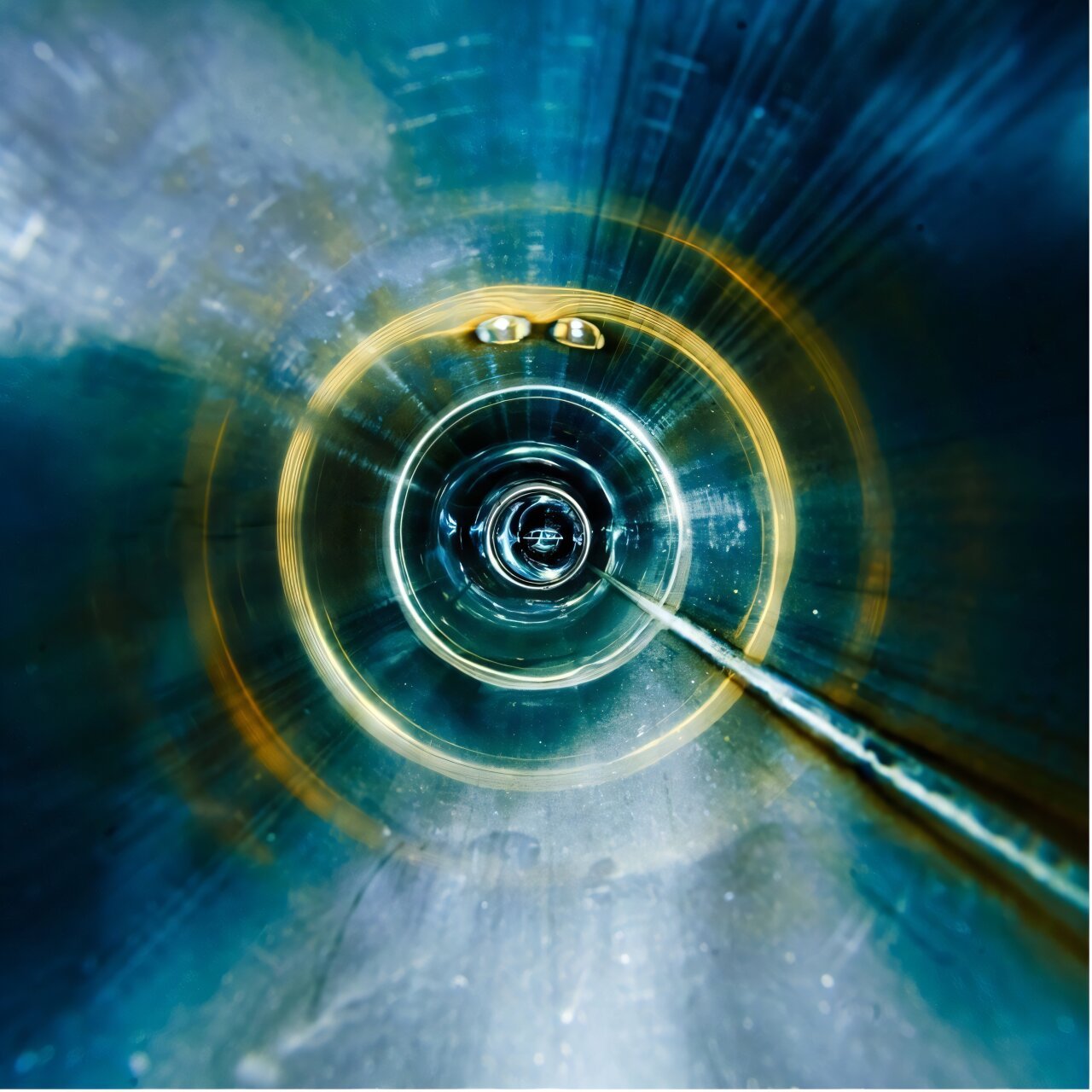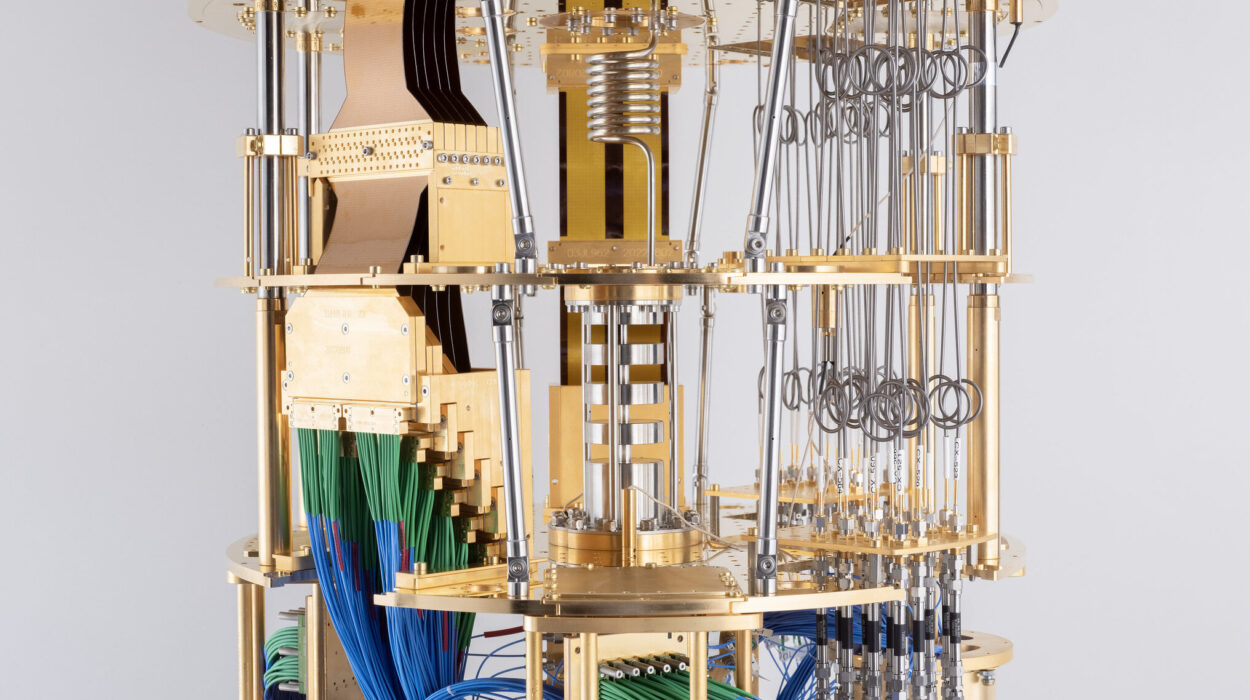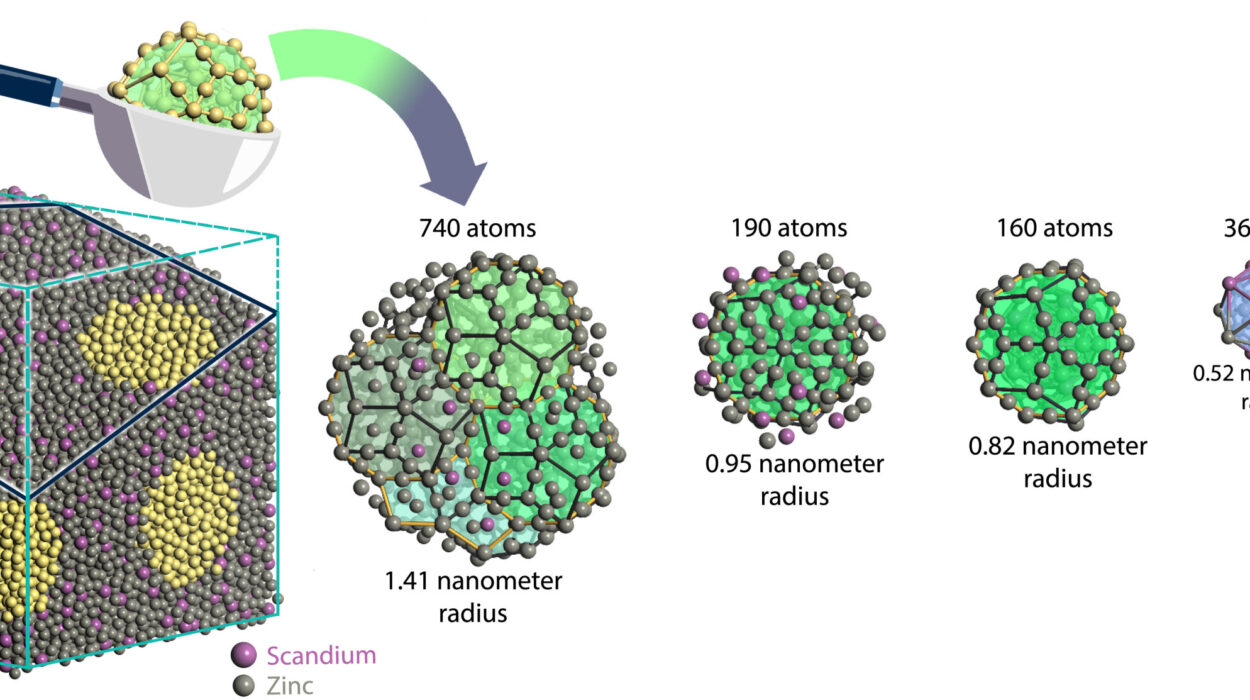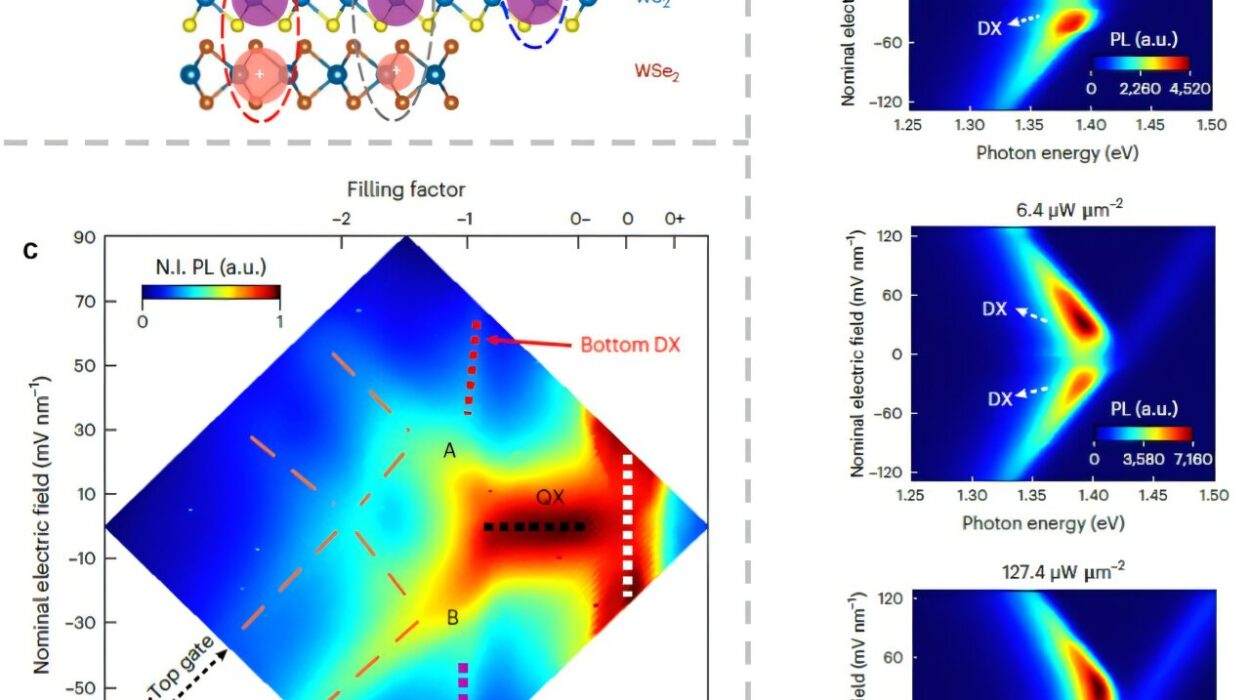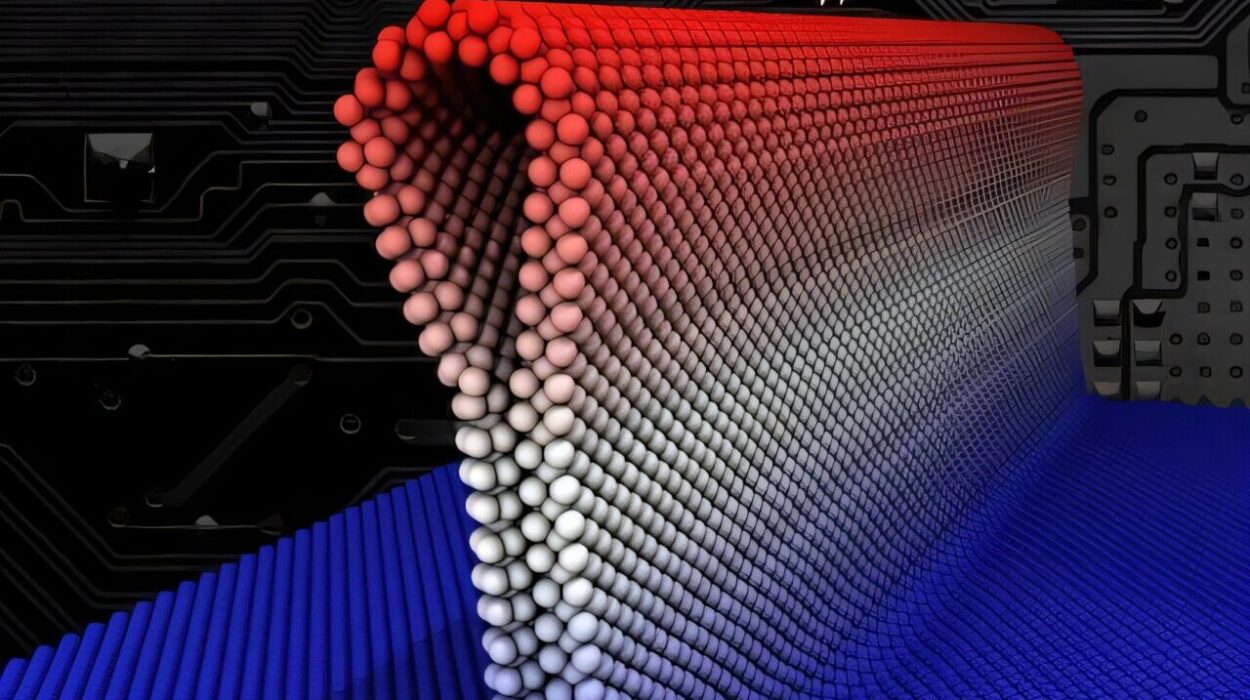In late 2023, an unexpected anomaly in particle physics emerged from an unlikely place—analyzing existing data from the NA61/SHINE collaboration at CERN. Wojciech Brylinski, a PhD student working on his thesis, was sifting through results from argon–scandium collisions when he noticed something peculiar. Instead of the expected near-equal production of charged and neutral kaons, he found that charged kaons appeared 18.4% more frequently than their neutral counterparts.
This was far from a minor deviation. The standard understanding of the strong interaction, based on quantum chromodynamics (QCD), predicts only small differences in kaon production, owing to the near-identical masses of up and down quarks. However, the observed imbalance was significantly larger than existing theoretical models could explain.
“When Wojciech got started, we thought it would be a trivial verification of the symmetry,” said Marek Gaździcki, former spokesperson of NA61/SHINE. “We expected the symmetry to be closely obeyed. Although we had previously measured these types of discrepancies at the NA49 experiment, they had large uncertainties and were not significant.”
This unexpected asymmetry suggests that isospin symmetry—a fundamental assumption about the behavior of quarks in the strong interaction—might not hold as well as physicists had believed. If true, it could challenge the foundations of particle physics.
The Broken Balance of Isospin Symmetry
Isospin symmetry is a principle rooted in the strong interaction, the fundamental force that binds quarks together inside protons, neutrons, and other particles. It states that the up and down quarks—two of the lightest and most common quarks—should behave nearly identically under the strong force, except for slight differences due to their masses. This symmetry is not exact, as the electromagnetic interaction treats up and down quarks differently because of their different charges, but the deviations have always been thought to be small.
The production of kaons in high-energy collisions provides an ideal test of this principle. Kaons contain either an up or down quark paired with a strange antiquark (or vice versa). Since up and down quarks are nearly the same mass, conventional QCD models predict that charged and neutral kaons should be produced in nearly equal numbers. The observed 18.4% excess of charged kaons, however, suggests that something fundamental might be missing from the current theoretical picture.
This discrepancy was found to have a statistical significance of 4.7σ, meaning the likelihood of this result occurring due to random chance is less than one in a hundred thousand. In particle physics, a discovery is typically declared at 5σ, but this result is already compelling enough to demand serious attention.
Two Theories, One Major Question
The unexpected nature of this result has led physicists to propose two possible explanations—both of which could have profound implications for our understanding of QCD and the fundamental forces governing the universe.
The first possibility is that researchers have been underestimating the role of electromagnetic interactions in kaon production. Since up and down quarks have different electric charges, their response to the electromagnetic force differs, potentially leading to the observed imbalance. However, previous models suggested that this effect should be minimal, and it remains unclear whether it could be large enough to account for the observed asymmetry.
The second, more radical possibility is that the strong interaction itself does not fully obey flavor symmetry as previously assumed. Flavor symmetry is a broader concept in particle physics that suggests the strong force should treat quarks of different types similarly, apart from their mass differences. If the strong interaction does in fact distinguish between up and down quarks beyond what is currently understood, it would require a fundamental revision of QCD, one of the most well-tested theories in physics.
“I see two ways to interpret the results,” says Francesco Giacosa, a theoretical physicist working with NA61/SHINE. “First, we might be substantially underestimating the role of electromagnetic interactions in creating quark–antiquark pairs. Second, these results could mean that strong interactions do not obey flavor symmetry. If this is true, it would contradict physicists’ current understanding of quantum chromodynamics.”
A Surprise Discovery in an Unexpected Place
Unlike some groundbreaking discoveries that result from deliberate searches, this anomaly was not something researchers were looking for. The NA61/SHINE experiment at CERN primarily focuses on studying how hadrons—particles composed of quarks—are produced in high-energy nuclear collisions. Its data is used not only to explore fundamental physics but also to support other experiments, such as neutrino studies at the T2K experiment and cosmic ray research.
Because kaon production measurements were part of the standard dataset, this anomaly could have remained unnoticed if not for Brylinski’s careful data analysis. His findings now present a puzzle that the physics community is eager to solve.
What Comes Next?
With such a significant result, the next step is to determine whether this anomaly appears under different conditions. The NA61/SHINE collaboration is now planning further experiments using different collision types, target materials, and energy levels to see if the effect persists. If the pattern holds across multiple experimental setups, it would strengthen the case for a genuine new physical phenomenon rather than an experimental artifact.
Beyond experimental work, theoretical physicists are now being called upon to help interpret this result. If current models cannot accommodate such a large asymmetry, new theoretical frameworks may be needed to explain the data. This could mean modifying our understanding of the role of electromagnetic forces in particle production or even rethinking fundamental aspects of QCD itself.
“We tried to fit the data into the current, existing models, but it didn’t work at all—it was just not possible,” says Giacosa. “We need more experimental data and more theoretical predictions to fill our gap in knowledge of the strong interaction. So the real question is: what’s next?”
This discovery highlights the unpredictable nature of scientific progress. Even in an era where many aspects of particle physics seem well understood, surprises like this remind us that nature still holds mysteries waiting to be unraveled. If this anomaly turns out to signal a deeper flaw in our understanding of the strong interaction, it could lead to one of the most exciting breakthroughs in modern physics.
Reference: Evidence of isospin-symmetry violation in high-energy collisions of atomic nuclei, arXiv (2023). DOI: 10.48550/arxiv.2312.06572
